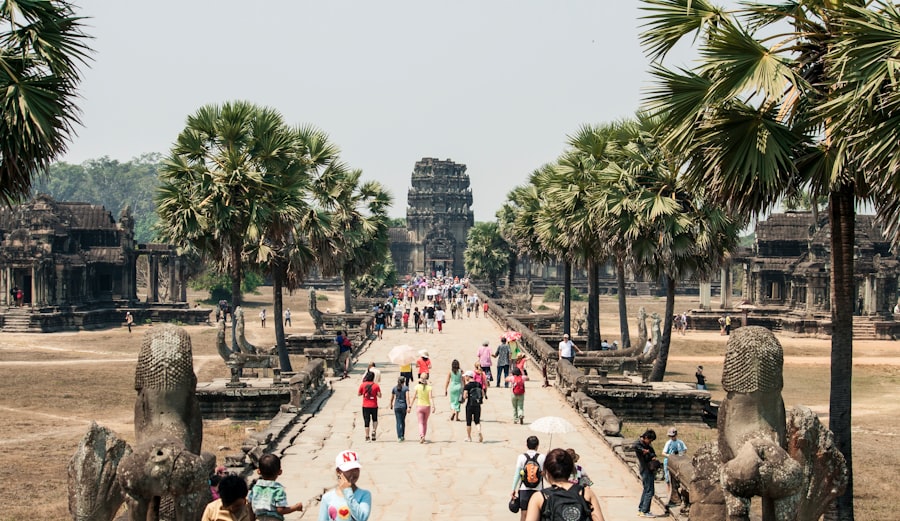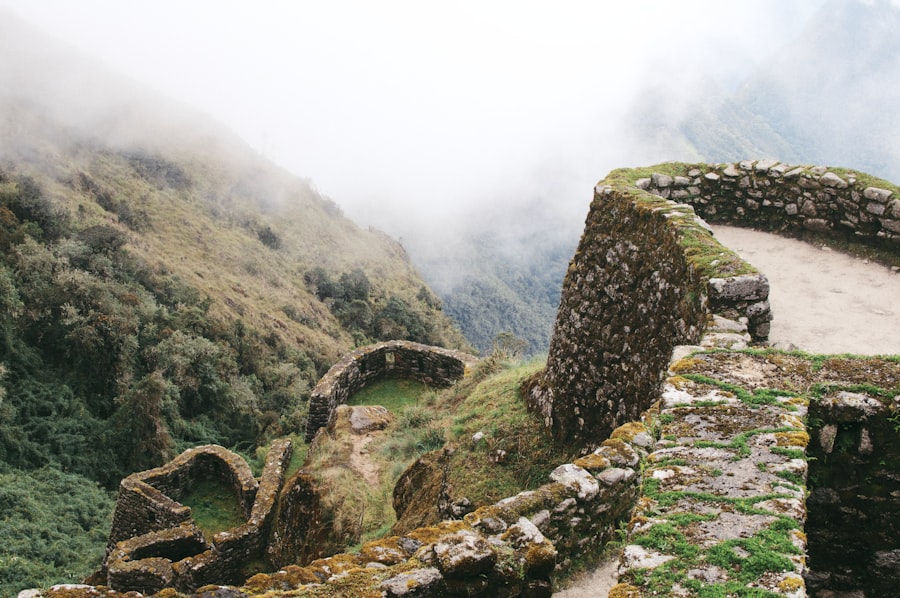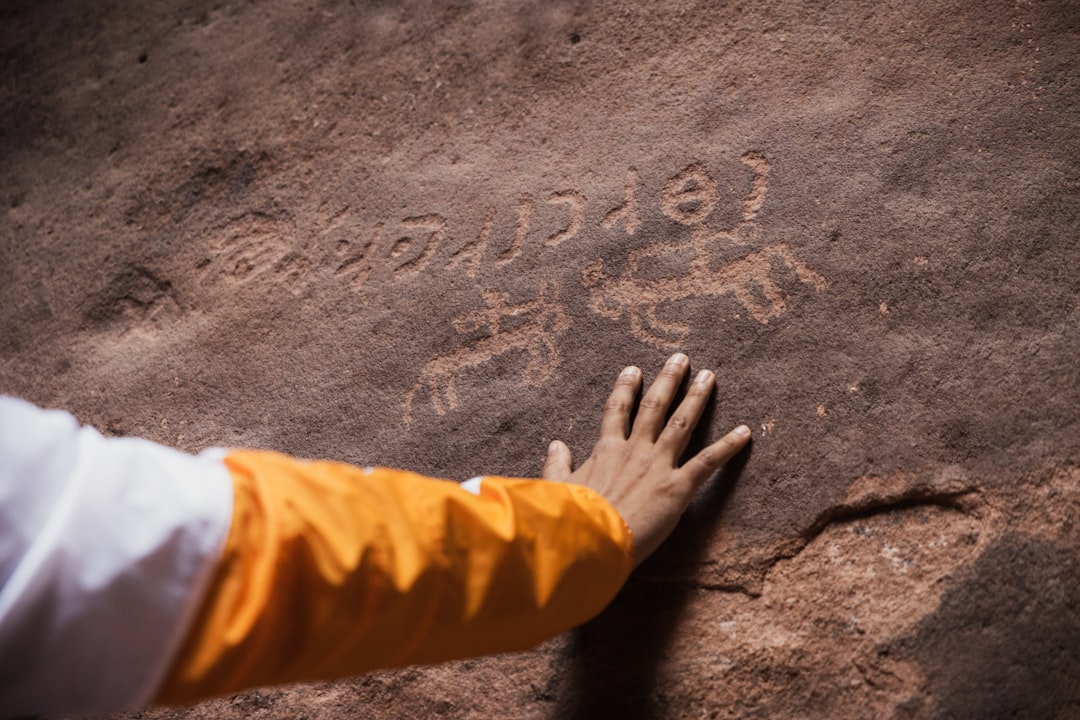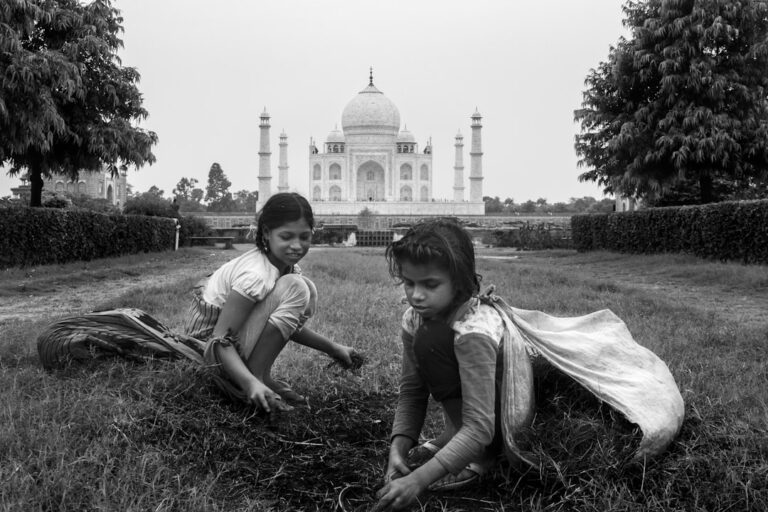The Persian invasion of India, primarily under the Achaemenid Empire, marked a significant chapter in the historical narrative of the Indian subcontinent. The most notable incursions occurred during the reign of Darius I in the 6th century BCE, who sought to expand his empire beyond the borders of Persia. Darius’s campaigns were not merely military endeavors; they were also driven by a desire to control trade routes and resources.
The Persian Empire, at its zenith, encompassed vast territories stretching from the Mediterranean to the Indus River, and India represented a crucial frontier in this expansive vision. Darius I’s invasion was characterized by a systematic approach to conquest. He established satrapies, or provinces, to govern the newly acquired territories effectively.
The Indus Valley, particularly regions like Gandhara and Punjab, became integral parts of this administrative framework. The Persian influence in these areas was profound, as it introduced new administrative practices, coinage, and even elements of Zoroastrianism. The inscriptions left by Darius, such as those at Behistun, highlight his ambitions and the significance he placed on his Indian conquests.
This period also saw the establishment of trade links between Persia and India, facilitating cultural exchanges that would shape the region’s future.
Key Takeaways
- The Persian invasion of India marked a significant turning point in Indian history, leading to the establishment of the Achaemenid Empire in the region.
- Alexander the Great’s conquest of India culminated in the famous Battle of the Hydaspes, where he faced the formidable army of King Porus.
- The invasions of Persia and Alexander had a profound impact on Indian society and culture, introducing new ideas, technologies, and artistic influences.
- The legacy of the Persian and Alexander’s invasions in India can be seen in the lasting cultural and architectural influences, as well as the spread of Hellenistic culture in the region.
- The military strategies of the Persian and Alexander’s invasions in India differed in terms of tactics, use of cavalry, and approach to governance and administration.
- The influence of Persian and Alexander’s invasions on Indian politics and governance can be seen in the adoption of administrative practices and the integration of foreign influences into the Indian political landscape.
Alexander the Great’s Conquest of India: The Battle of the Hydaspes
Alexander the Great’s incursion into India in 326 BCE is one of the most celebrated military campaigns in ancient history. Following his conquests across Persia and into Central Asia, Alexander turned his gaze towards the Indian subcontinent, driven by a combination of ambition and a desire for glory. The Battle of the Hydaspes, fought against King Porus, is particularly noteworthy for its strategic complexity and the challenges it posed to Alexander’s forces.
The river Hydaspes, now known as the Jhelum River, served as both a natural barrier and a tactical advantage for Porus. The battle itself was marked by innovative military tactics employed by Alexander. He utilized his cavalry effectively to outmaneuver Porus’s war elephants, which were a significant component of Indian warfare at the time.
Despite being heavily outnumbered, Alexander’s forces managed to secure victory through superior strategy and discipline. The aftermath of the battle was equally significant; rather than annihilating Porus, Alexander chose to reinstate him as a satrap, recognizing his capabilities as a ruler. This decision not only demonstrated Alexander’s political acumen but also set a precedent for future interactions between Greek and Indian cultures.
The Impact of Persian and Alexander’s Invasions on Indian Society and Culture

The invasions by both the Persians and Alexander had profound implications for Indian society and culture. The Persian influence introduced new administrative systems that facilitated trade and governance across vast distances. The establishment of satrapies allowed for more efficient tax collection and resource management, which in turn stimulated economic growth in regions like Punjab and Sindh.
Additionally, Persian art and architecture began to permeate Indian culture, leading to a fusion of styles that can be seen in later Indian dynasties.
The introduction of Hellenistic ideas into Indian thought led to a unique blend of philosophies.
For instance, after Alexander’s campaign, Greek scholars and artists settled in various parts of India, particularly in regions like Gandhara. This led to the emergence of Greco-Buddhist art, which combined Greek artistic techniques with Buddhist themes. Statues from this period exhibit a distinctive style that reflects both cultures’ influences, showcasing how invasions can lead to rich cultural syncretism.
The Legacy of Persian and Alexander’s Invasions in India
The legacy of the Persian and Alexander’s invasions is multifaceted, influencing various aspects of Indian civilization long after their respective campaigns had ended. One significant legacy is the introduction of new administrative practices that persisted through subsequent empires. The Mauryan Empire, which rose shortly after Alexander’s departure from India, adopted many administrative techniques that had been refined during Persian rule.
This included centralized governance and an emphasis on infrastructure development, such as roads and trade routes. Moreover, the cultural exchanges initiated by these invasions laid the groundwork for future interactions between India and the West. The spread of Buddhism into Central Asia and beyond can be traced back to the Hellenistic influence that emerged during Alexander’s time.
This cross-pollination of ideas contributed to the development of trade networks along the Silk Road, facilitating not only economic exchanges but also cultural dialogues that would shape civilizations across continents for centuries.
Comparing the Military Strategies of the Persian and Alexander’s Invasions in India
When examining the military strategies employed by both the Persians and Alexander during their invasions of India, distinct differences emerge that reflect their respective approaches to warfare. The Persians relied heavily on their vast resources and manpower, utilizing a combination of infantry and cavalry units to maintain control over their expansive empire.
This is evident in Darius I’s efforts to integrate Indian territories into his empire through administrative reforms rather than sheer military might. In contrast, Alexander’s military strategy was marked by rapid mobility and tactical innovation. His ability to adapt to different combat scenarios was crucial during battles such as Hydaspes.
He employed a combination of phalanx formations with cavalry flanking maneuvers to exploit weaknesses in enemy lines. Furthermore, Alexander’s use of psychological warfare—demonstrated through his bold tactics and reputation—often intimidated opponents before battles even commenced. This stark contrast in military philosophy highlights how different leadership styles can shape the outcomes of historical events.
The Influence of Persian and Alexander’s Invasions on Indian Politics and Governance

The political landscape of India was significantly altered by both Persian and Alexander’s invasions, leading to shifts in governance that would resonate through subsequent centuries. The Persian model introduced centralized administration through satrapies that allowed for more effective governance over diverse populations. This system influenced later Indian empires, particularly during the Mauryan period when Chandragupta Maurya adopted similar administrative structures to unify his vast empire.
Alexander’s brief but impactful presence in India also left an indelible mark on its political dynamics. His establishment of alliances with local rulers like Porus demonstrated a pragmatic approach to governance that prioritized stability over destruction. This strategy encouraged local rulers to maintain their authority while aligning with foreign powers for mutual benefit.
Such political maneuvering laid the groundwork for future interactions between Indian states and foreign entities, fostering an environment where diplomacy became as crucial as military might in governance. The interplay between these invasions not only reshaped political structures but also influenced cultural identities within India. As local rulers adapted to new realities brought about by foreign incursions, they began to incorporate elements from Persian and Hellenistic cultures into their own governance models.
This blending of traditions contributed to a more cosmopolitan political environment that would characterize many Indian states in subsequent eras, illustrating how invasions can catalyze profound transformations within societies.
A related article to Persian and Alexander’s Invasions in India can be found in the link The Nature and Scope of Social Philosophy: Exploring the Concept of Individual, Society, Community, Association, and Institution and Theories of Their Relationship. This article delves into the complexities of social philosophy and how individuals, societies, communities, associations, and institutions interact and influence each other. It provides a deeper understanding of the dynamics at play during historical invasions and their impact on various social structures.
FAQs
What were the Persian invasions in India?
The Persian invasions in India refer to the series of invasions by the Achaemenid Empire, led by Cyrus the Great and later by Darius I, into the northwestern regions of the Indian subcontinent in the 6th and 5th centuries BCE.
What were the objectives of the Persian invasions in India?
The primary objectives of the Persian invasions in India were to expand the Achaemenid Empire’s territory, gain control of the lucrative trade routes, and acquire the wealth and resources of the Indian subcontinent.
How did Alexander the Great’s invasion impact India?
Alexander the Great’s invasion of India in 326 BCE had a significant impact on the region. It led to the spread of Greek culture and influence in the northwestern parts of the Indian subcontinent, and also paved the way for the establishment of the Indo-Greek kingdoms.
What were the consequences of the Persian and Alexander’s invasions in India?
The Persian and Alexander’s invasions in India resulted in cultural exchanges, the introduction of new ideas and technologies, and the integration of Indian and Persian/Greek influences in the region. These invasions also played a role in shaping the political landscape of the northwestern Indian subcontinent.






















+ There are no comments
Add yours